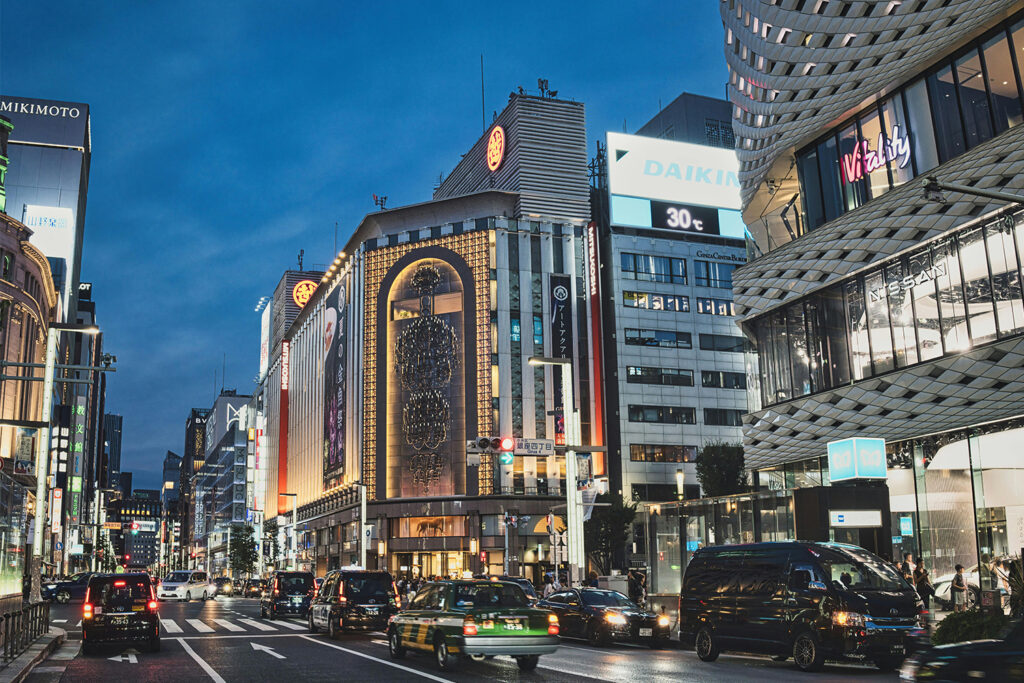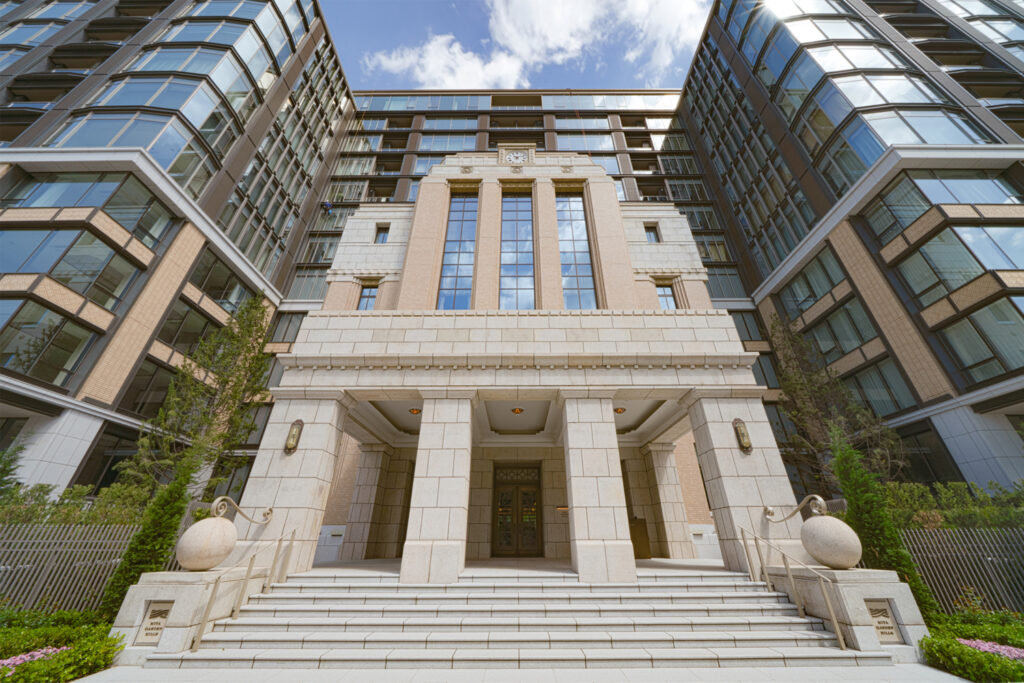This article was originally published in Housing Japan Magazine, 2020 edition.
LIFESTYLE D&Department Project
Interview with founder of D&Department Project, Kenmei Nagaoka
Photos: Alfie Goodrich & D&Dept.
D&Department Project’s manifesto lists 10 criteria of “long-life design,” designs that can be used for a long time. At the entrance of their store in Kyoto, you’ll find a sign listing five of them:
- Know: We know the maker.
- Use: We use the product.
- Buyback: We can buy back the product.
- Longevity: The product is repairable.
- Continuity: The manufacturer will continue making the product.
For anyone aged 50 and over, these criteria perhaps offer a tantalising glimpse back in time, to the retail world of our youth, a time before “planned obsolescence” and the “throwaway society.”
Long-life design is central to the ethos that drives D&Department. Its mission is to identify and re-evaluate the unique- ness of Japan’s 47 prefectures and their local designs through the sale of goods and food, as well as the promotion of tourism.

Founded in 2000 by designer Kenmei Nagaoka, D&Department Inc.—which operates D&Department Project—has 12 stores in Japan, one in China and one in Korea. It also has a showcase at Japan House Los Angeles. Ultimately, D&Department plans to have a shop in each of Japan’s 47 prefectures.
Of those operating currently, the Toyama and Kyoto outlets are directly managed, while those in Hokkaido, Shizuoka, Saitama, Kagoshima, Okinawa and Yamanashi are franchises. In Tokyo, D&Department has a store in Setagaya Ward, as well as the d47 design museum, the d47 design travel store and the restaurant d47 shokudo in Shibuya’s Hikarie building.
“As a designer myself,” comments Nagaoka, “I’m naturally curious about all design. Much of it I didn’t like. For me, the concept of long-life design, the heart of D&Department’s philosophy, was partly born out of me not wanting to be someone who designs what inevitably gets thrown away or even what is designed from the outset to fail.”

“Part of why I started D&Department was to communicate to people that with every design there is a tripartite arrangement between consumer, designer and manufacturer. The age of mass production is over. Our philosophy is designed to positively contribute to the health of society, by identifying good design and long-life design and encouraging everyone to consume these kinds of products, thereby encouraging everyone to waste less.”
The company is striking a balance between valuing good, long-life design and celebrating new design.


“I have to believe my intuition,” says Nagaoka. “After so many years I can see at a glance what makes a great design. Many of the products we are working with have been around for a very long time. Maybe you’ve seen the labels we have on these sorts of products? They show the number of years each product has been manufactured. It helps customers understand the longevity of what they are about to buy.”
“Each time we look at something, to decide if it will be in our store or our books, we must look at it with the strict philosophy we have—and that I personally have. Many times, I say no. Perhaps the window for designers is very narrow, but I must trust my feelings.”
The firm’s D-Design Travel arm publishes exquisitely crafted guides, each dedicated to a prefecture of Japan. To date, 26 prefectures have been covered and, with two guides coming out each year, D&Department plans to finish the project in about 10 years. From the sixth volume of the series, the company has received some prefectural government support.
The firm’s D-Design Travel arm publishes exquisitely crafted guides, each dedicated to a prefecture of Japan. To date, 26 prefectures have been covered and, with two guides coming out each year, D&Department plans to finish the project in about 10 years. From the sixth volume of the series, the company has received some prefectural government support.
The company’s latest book, dedicated to Ehime Prefecture, was released in April. It follows the same simple but effective template as all previous volumes: introducing the region via sights, restaurants, shops, cafes, hotels and people.

D-Design Travel’s Editor-in-Chief Hideto Shinto elaborates: “For every issue we make, we live in the area for about two months, and gradually realise the ‘feeling’ of that place. The lives of the people you encounter there are rich in individuality. This is natural for the people there, in their area, but in some cases its importance can be neglected.”
Alongside the release of each new magazine, the d47 museum in Shibuya typically has a three-month exhibition of a selection of goods and design. The d47 shokudo also serves food from the featured area in its weekly menus.
“Our philosophy is designed to positively contribute to the health of society, by identifying good design and long-life design and … encouraging everyone to waste less.”
The latest exhibition is on Ehime. Shinto continues: “This venue displays tools, daily necessities, handicrafts and some pieces of architecture that are used in Ehime. Most of the exhibits are those encountered by the editorial department during the production of the book, and all of them have history and evolution. The more you know, the more interesting Ehime becomes and the more you understand the long-life design that makes up the place. We hope that you will be able to learn about existing designs unique to Ehime Prefecture through the exhibits and go on to travel through Ehime Prefecture and feel the importance of the individuality of each land.”
“Each book has a kind of standard production cost,” says Nagaoka. “We approach the Prefectural Government, to ask them to contribute. Most do, some don’t. But most times, even if there is no contribution from the government, we go ahead and make the book anyway. With the length of time, effort and organisation that goes into making each book, we make only two each year. Ehime is our 27th book. That leaves us 20 more to make. I may even go back and re-make some of the early ones, as they were bigger. Since about the sixth volume, we’ve made sure to standardise the number of pages, so each prefecture gets the same space, the same attention. Our books are kind of a long-life design as well!”
Learning at Shibuya Hikarie
With a diverse showcase of products, food, events, culture and design, D&Department’s presence on the eighth floor of Shibuya Hikarie is worth a visit. It’s easy to while away hours without noticing the time pass.

If you’re planning a trip outside Tokyo, the d47 design travel store has four rows of shelves filled with binders badged-up by region, each one full of pamphlets and information (many multilingual) about places to stay, eat and visit. For those wanting to discover more about each region of Japan, and how to make the most of it when you get there, a trip to d47 makes a refreshing adjunct to the kind of online research we’re all now so used to. To sit surrounded by designs, products and food from throughout Japan—whilst researching where best to go in the country to discover and experience more—sums up perfectly the experience and mission of D&D.
The d47 shop, museum and restaurant is located in Shibuya Hikarie. For more information about events, store opening times and to shop online,
visit: www.d-department.com











